Three foreign warships in Plymouth Sound
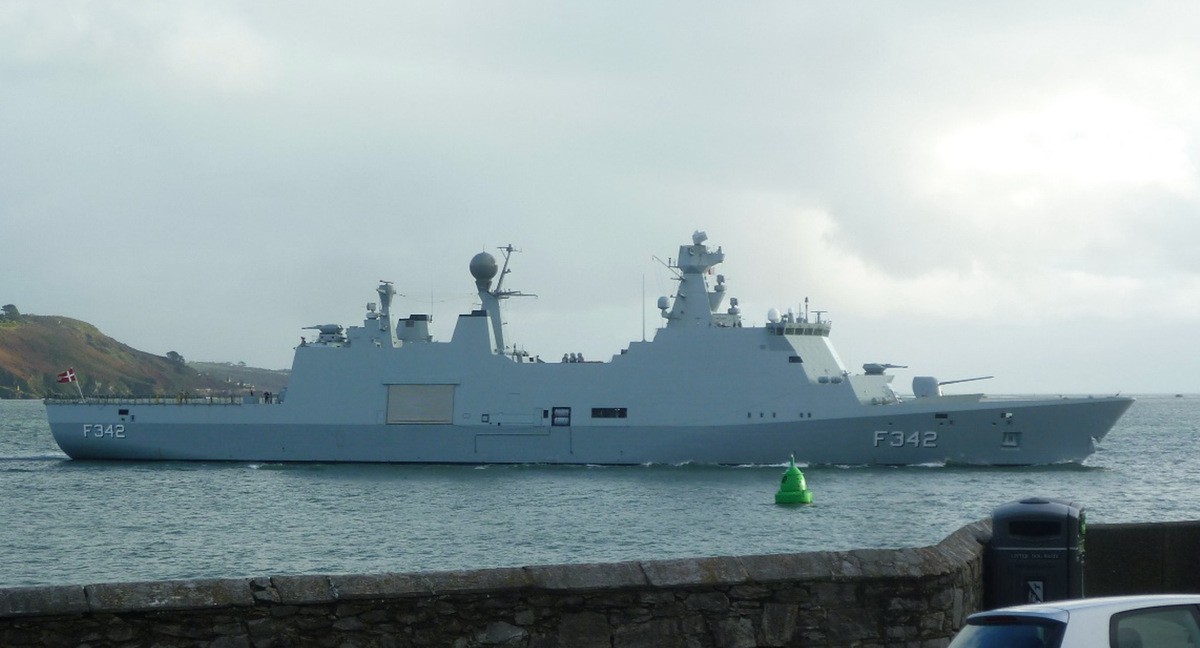
By The Captain (RN retired), Beagle maritime correspondent
Three foreign warships around this week: the most unusual, was the Algerian corvette ANS Adhafer, but we also had two NATO ships (well, being pedantic a ship and a boat!) – the Danish frigate/support ship HDMS Esburn Snare and the Portuguese submarine NRP Tridente.
The Adhafer is a Chinese built corvette, with many stealth features. By stealth, I mean that her exhausts are on the waterline (so no funnel), to minimise her infra-red signature; her superstructure is sloped – so minimising her radar echoing area (that is the ability of other radars to detect her) and her paint surface is also designed to absorb radar – so reducing any echo sent back.
Most of her weapons and sensors are of Chinese manufacture, although the main radar is made by Thales (a French company). She arrived here from Portsmouth on Fri 23rd and departed (probably for home) on Sat 25th.
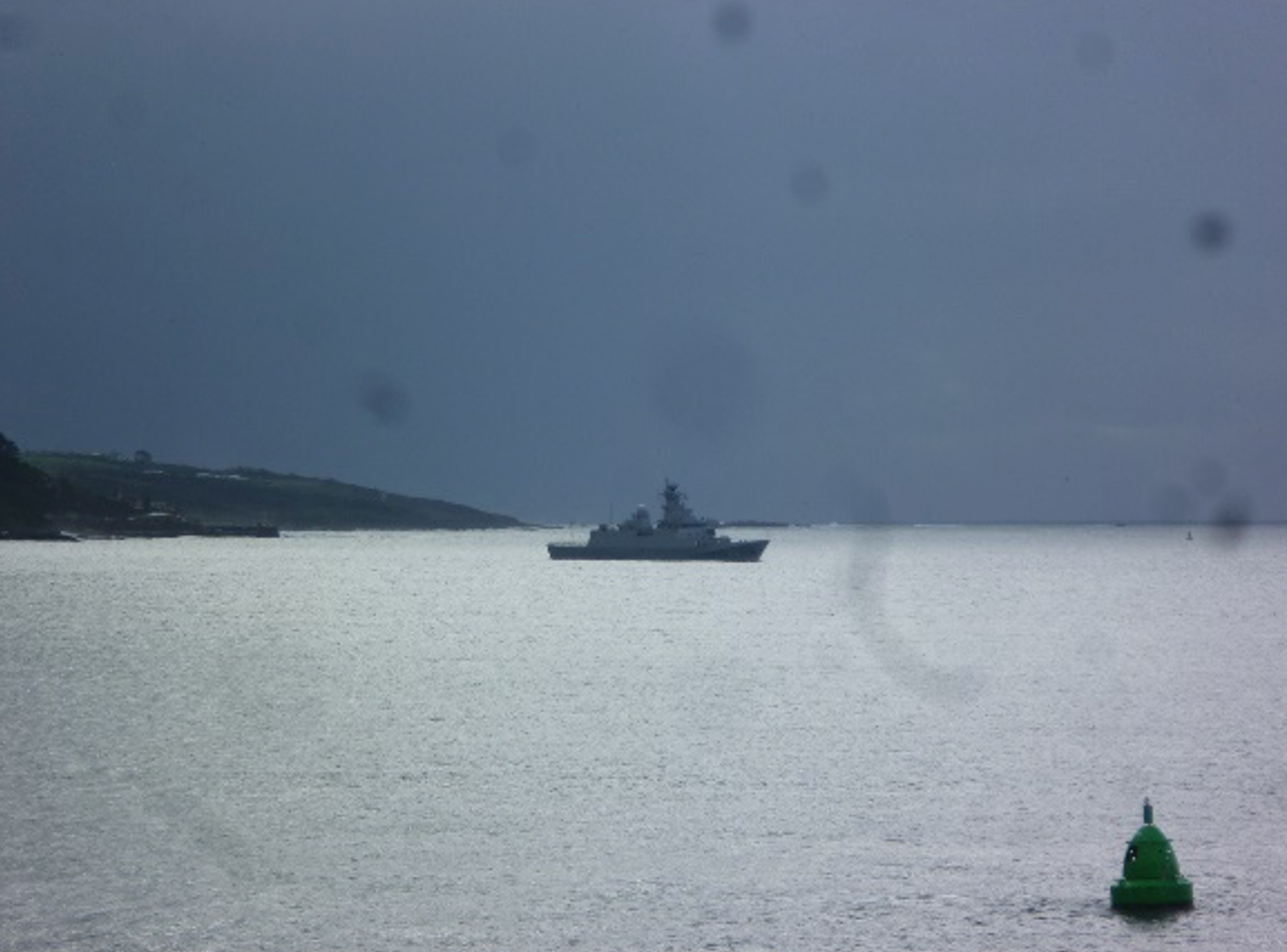
Despite being called a corvette, ANS Adhafer is 120m long and displaces 2880 tons – which makes her bigger than the old Royal Navy Type 21 frigates, which were only 10m shorter and 150 tons lighter. As I have said before, I will be writing a piece on warship nomenclature in the future.
Our second visitor is HDMS Esburn Snare. She arrived on Sat 18th and will probably be here for a few weeks. The ship’s namesake was a Danish chieftain and crusader who lived from 1127-1204. Esburn Snare, at 138m long and displacing 6300 tons, is one of the largest ships in the Royal Danish Navy. Although she is now designated as a frigate (so has an F pennant number pained on her side), she was originally designated as a ‘command and support’ ship and so had an ‘L’ (mainly used by logistics and support vessels) on her sides. She has a ro-ro (roll on-roll off) capability and much of her internal space is easily reconfigurable, so she can have many roles. She is here in Plymouth for operational sea training under the control of FOST (Flag Officer Sea Training).
As can be seen in the photo at the top of the page, she has a lot of superstructure in which to carry military stores and equipment that can be loaded and unloaded through those large shuttered openings in her side. The 5” gun on the focsle has an unusually long barrel, which is optimised for shore bombardment.
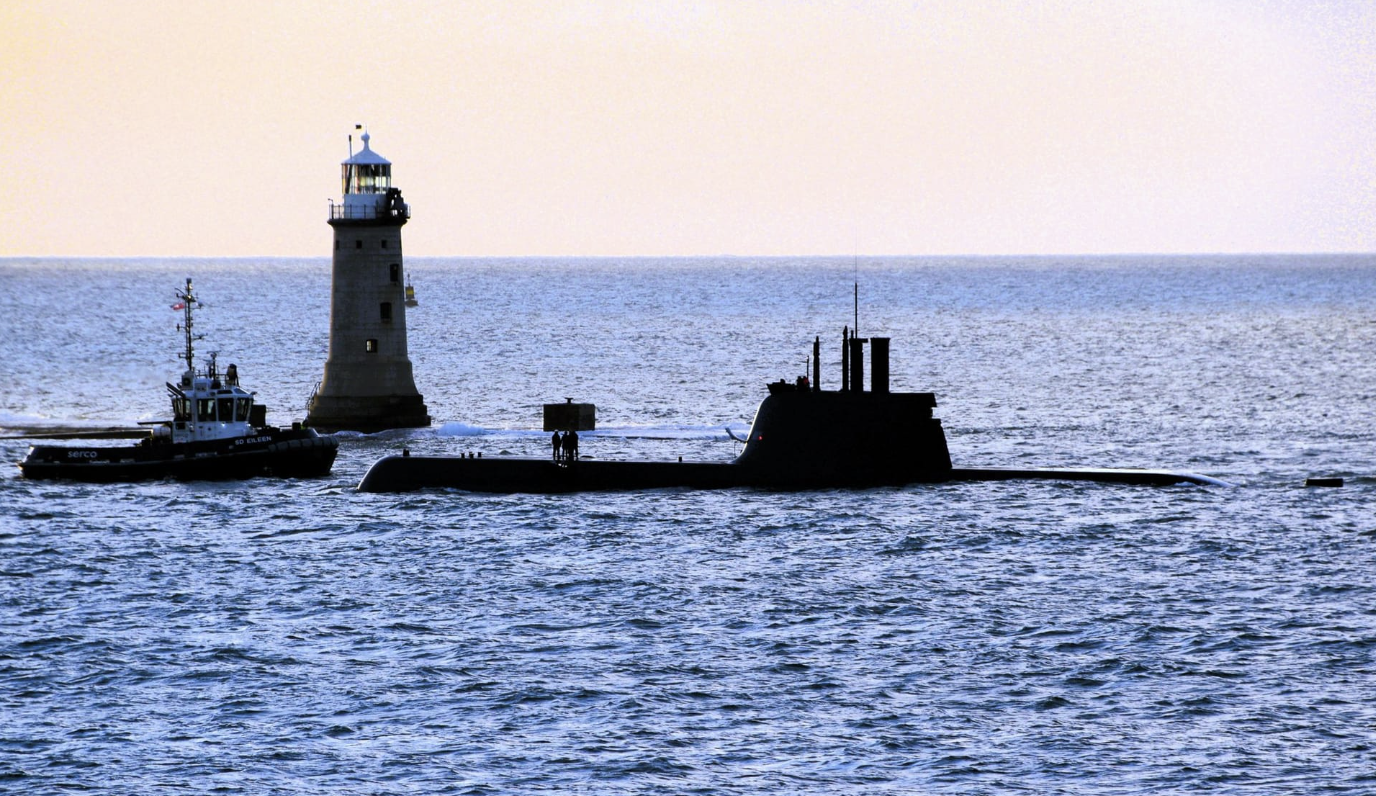
The final visitor has been the Portuguese conventional submarine, NRP Tridente. She was here and in the local areas from 21st to 27th. Her present mission is to participate in the major NATO operation Brilliant Shield, a maritime exercise focused on the deterrence and defence of the Euro-Atlantic area, involving multiple naval and air assets from NATO members. The Portuguese submarine NRP Arpão (a sister ship of the Tridente) was one of the participants in last year’s Brilliant Shield operations and was the first Portuguese submarine to operate under the Arctic ice. Both are diesel-electric boats with an advanced air-independent propulsion (AIP) system. Their propulsion is provided by electric motors powered by batteries. These batteries can be charged while submerged by the use of fuel-cells, for which they have large tanks of liquid oxygen and hydrogen. It is the AIP that gives these submarines the ability to operate under the ice – a capability that used to be unique to nuclear-powered submarines.
During the years of the Cold War, NATO used to hold annual major naval exercises in the North Atlantic and Norwegian Sea areas, with the objectives of reminding the Soviet Union of NATO’s capability to operate close to the Soviet homeland in defence of NATO members (often practicing reinforcing Norway) and to enable NATO members to practice warfighting procedures and improve their ability to work together effectively in a maritime environment.
These exercises were very expensive to run and gradually died out after the fall of the Berlin Wall. With Russia’s present aggressive posture, they are restarting.
:: Read more articles by The Captain here

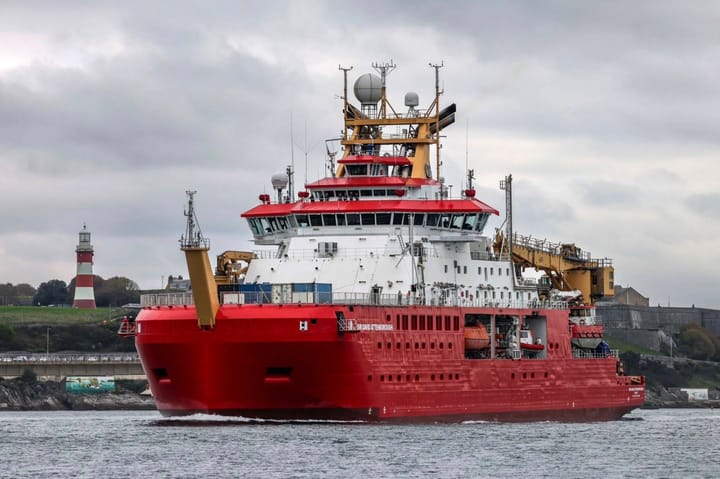
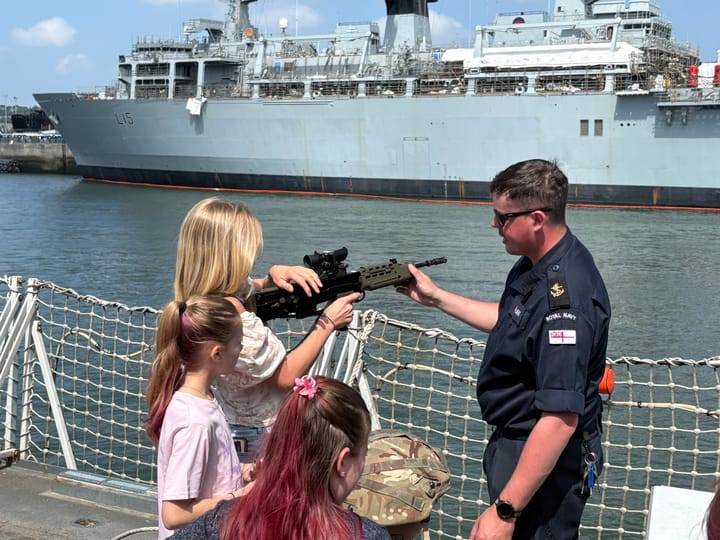
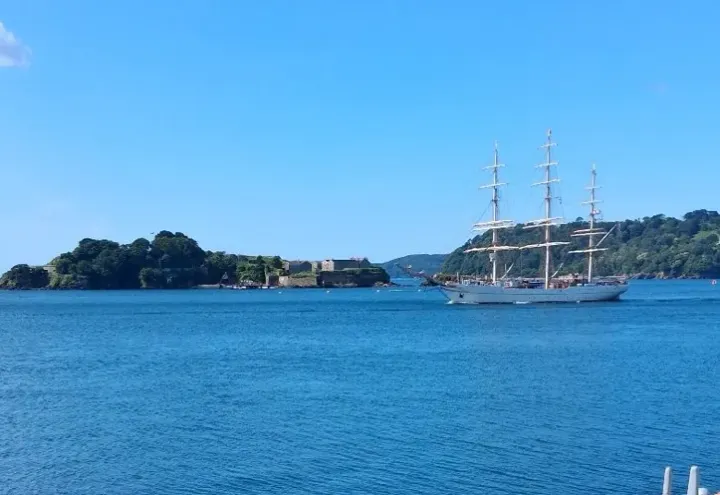
Comments ()